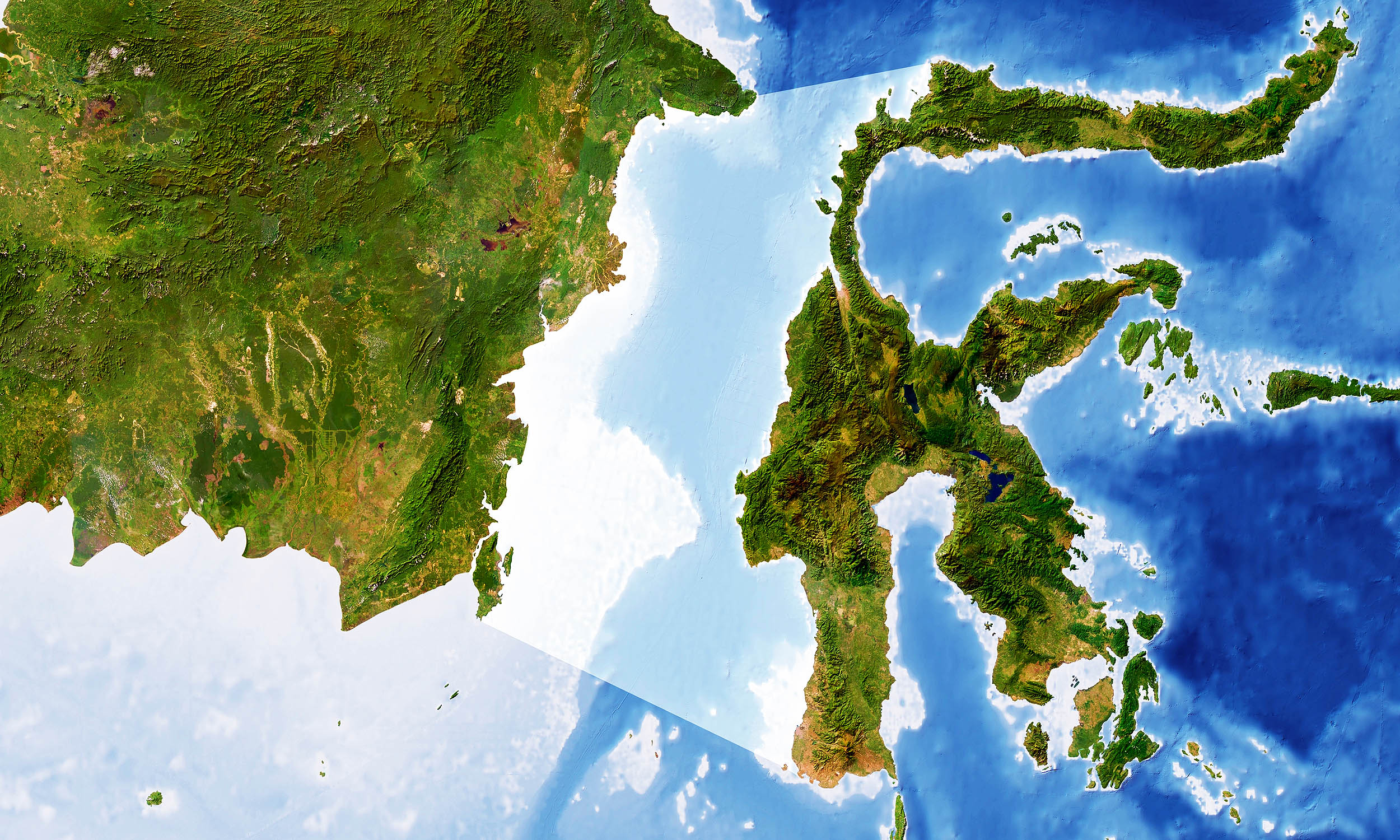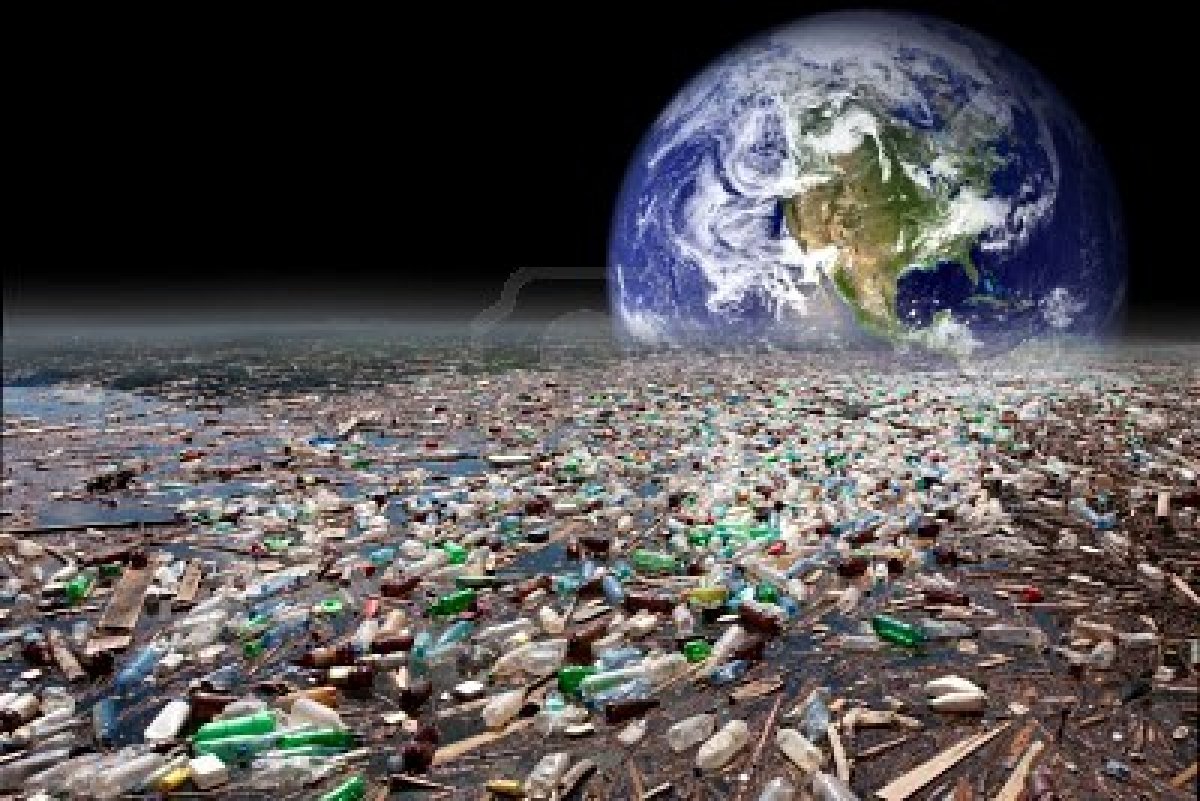
The Wallace Line divides species in Southeast Asia. A deep ocean trench prevents animal migration. Even flying birds rarely cross it.

Around 155 million years ago, a 5,000 km long piece of continent,Argoland, broke off western Australia and drifted away. As it turns out, Argoland is now in fragments, but is still there.

As many as 15 million people and 1,829 square km land in seven Asian cities could be affected by extreme sea-level rise and coastal flooding by 2030, a recent report by Greenpeace East Asia flagged.

Creating lighter yet powerful engines is just one way the aviation industry is trying to reduce its environmental impact.

UNICEF has published a report and according to their studies, the brains of over 17 million children might be affected by pollution.

Average consultation length varies widely, from 48 seconds in Bangladesh, to 22.5 minutes in Sweden. In 15 countries, which represent around half of the world's population, the appointment lasted less than 5 minutes.

The UN Development Program and Asian Development Bank just released a joint report —100 percent Electricity Generation through Renewable Energy by 2050.

Unabated climate change would bring devastating consequences to countries in Asia and the Pacific, which could severely affect their future growth, reverse current development gains, and degrade quality of life.

The amount of e-waste in Asia has jumped by nearly two-thirds in five years, raising hazards for the environment and for the people dismantling discarded gadgets.

As climate scientists forecast the dire consequences of global warming, and renewable energy becomes cheaper and cheaper to produce, there's a growing movement to create a global power grid fueled by clean energy.

A renewable energy revolution is sweeping the developing world in which the world’s poorest are becoming pioneers in renewable energy and the smart grids of the future.

Study finds high risk of severe water stress in Asia by 2050.

How can Asia's cities cities sustain rapidly growing populations without further wreaking havoc on the environment, while still maintaining their competitive edge?